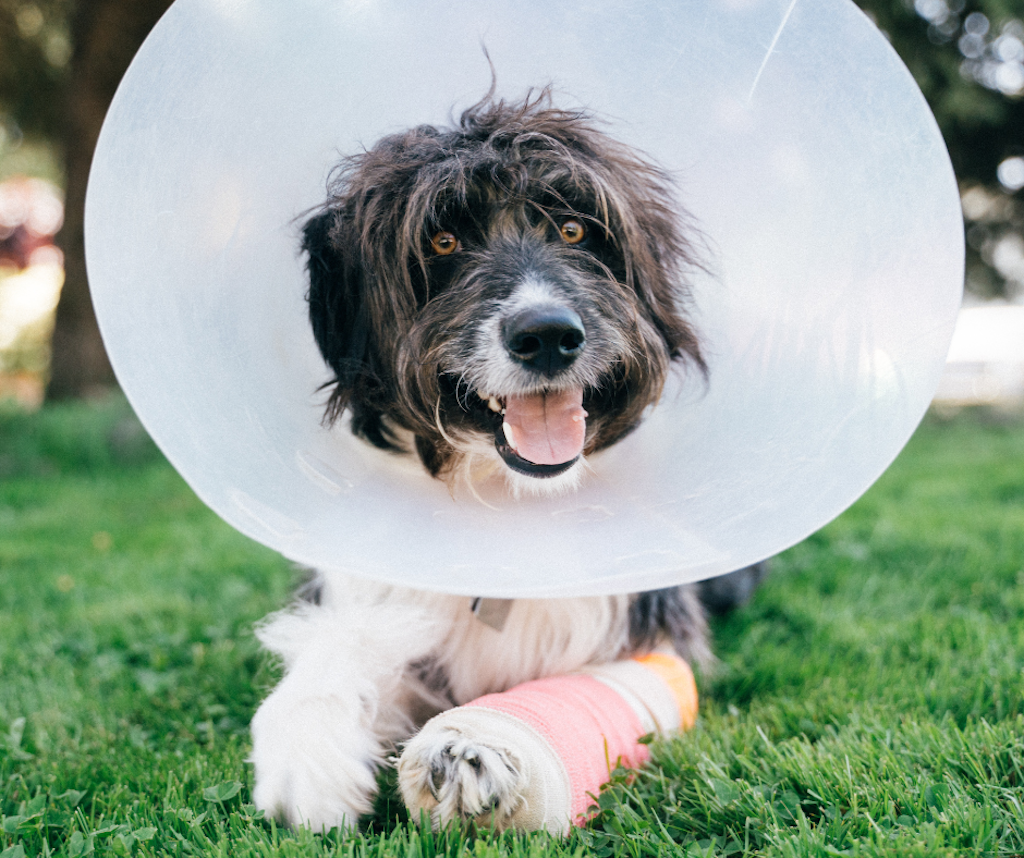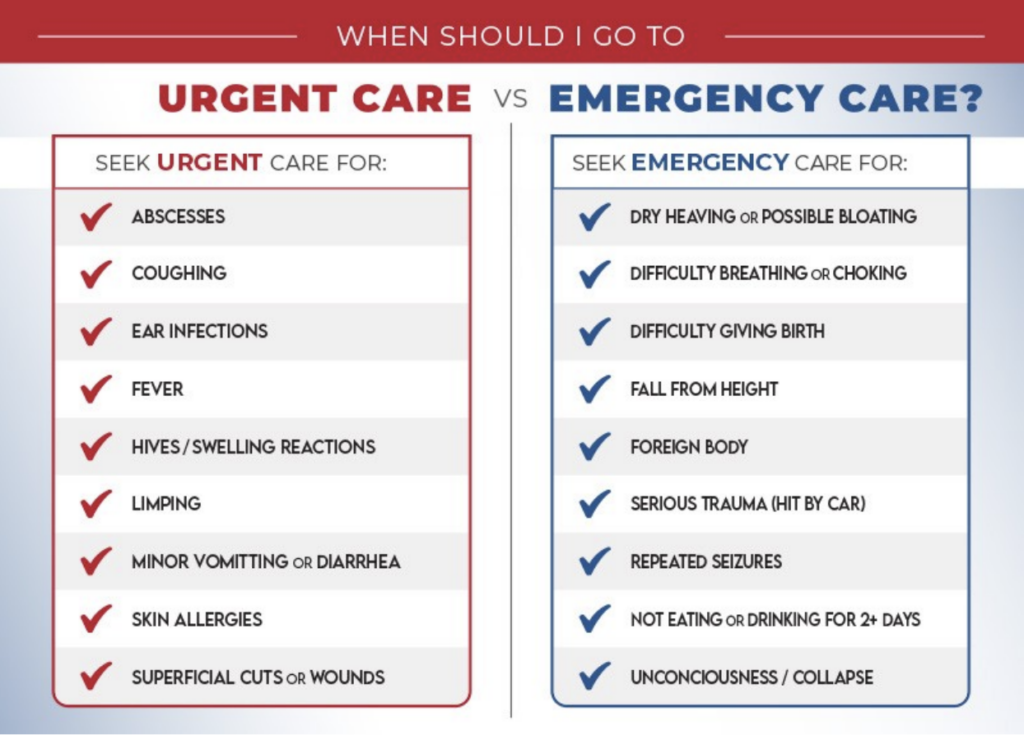
Urgent Care
When your pet is in distress, it can be challenging to think clearly. Pet owners want the best for their pets, including seeking the treatment they need. Until recently, there weren’t many options for veterinary services, but Lake Huron Veterinary Clinic is excited to offer up-and-coming urgent care for pets.
On Mondays & Fridays from 5pm-9pm, we take care of any issues that fall between the typical veterinarian practice visit and an emergency.
Urgent Care vs. Emergency Care

Emergency veterinary hospitals prioritize and treat patients based on their symptoms or condition severity. Any patient needing medical attention but not in a life-threatening situation may be asked to wait.
An urgent care situation involves issues that need medical attention but are not life threatening. These patients might be uncomfortable, but they are stable and can be seen at regular appointments.
Doctors in emergency hospitals use the patient severity index to decipher your pet’s condition. This index includes the following levels:
- Level one: Resuscitation – the patient is seen before all others, exhibiting a severe physical trauma or cardiac arrest.
- Level two: Emergency – these traumas are not life-threatening but are time-sensitive, including a venomous snake bite and heat stroke.
- Level three: Urgent – these patients are seen after levels one and two are taken care of. Examples of urgent care include sudden illness, severe cuts, vomiting, trouble walking, allergic reactions or difficulty urinating.
- Level four: Non-urgent – minor cuts, prolonged low appetite, limping, fever, and mild injuries are non-urgent conditions can be treated after the first three levels.
- Level five: Stable – the patient is uncomfortable but stable, experiencing diarrhea, low appetite, ear infection, or skin irritation.
As a rule of thumb, pets in the first two levels should be taken to the emergency room. Levels three through five can receive veterinary urgent care services.

